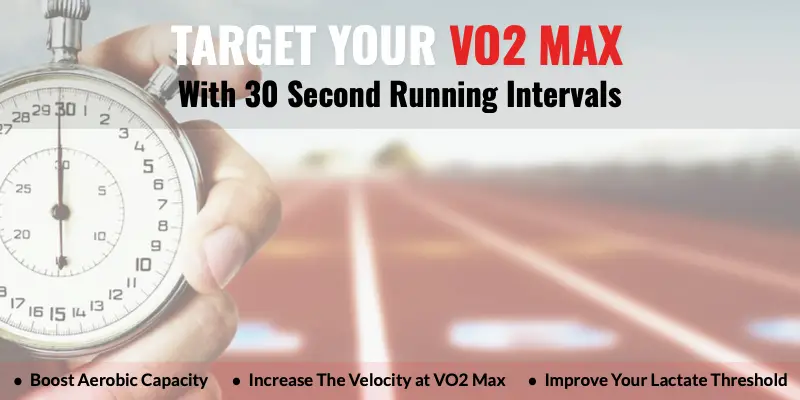Improving running performance involves a multifaceted approach that becomes increasingly critical for experienced endurance athletes training for long durations in challenging conditions. Among the various methods to enhance performance, interval training stands out for its efficiency and effectiveness, particularly through VO2 max running intervals. These high-intensity workouts are designed to maximize aerobic capacity while also addressing key components such as running economy and velocity at VO2 max.
For seasoned runners, incorporating 30/30 VO2 max intervals into training provides a valuable way to sharpen your speed while simultaneously enhancing lactate threshold. This approach entails alternating between 30 seconds of high-intensity running, typically at or just above VO2 max pace, and 30 seconds of easy running. The advantage lies in sustaining effort in the VO2 max zone for longer periods, leading to improved aerobic conditioning. As you progress with these workouts, adjusting the recovery intensity can yield further benefits; increasing the recovery efforts to a more moderate pace helps maintain a high average intensity and accumulates more time spent near VO2 max.
When considering fueling strategies, it’s crucial to optimize nutritional timing and gut tolerance, especially during these intensive sessions. Make sure you’re well-fueled prior to workouts, taking in a mix of carbohydrates and protein in a timeframe that allows for adequate digestion. During efforts that stretch across longer durations, experimenting with liquid fuels can improve gut tolerance compared to solid foods. Hydration plays a critical role as well; ensure you’re adequately hydrated before and during these workouts, as dehydration can detrimentally affect performance and recovery.
Moreover, pay attention to metabolic efficiency, which can be enhanced through consistent training at various intensities that raise your threshold levels. This not only helps optimize fuel utilization during long runs but also improves your body’s ability to clear lactate, allowing for sustained efforts across demanding conditions. Post-workout, recovery optimization cannot be neglected; integrating anti-inflammatory strategies, sleep protocols, and active recovery practices will maximize the benefits gained from these high-intensity sessions.
In summary, the next time you plan to incorporate 30/30 VO2 max intervals into your training, focus on optimizing your nutrition before and during the session, ensuring you have a solid hydration strategy in place, and adjust your recovery efforts to mirror the intensity of your workout. This approach can vastly enhance performance during long-duration events, particularly in challenging environmental conditions.
